Doping by professional athletes has been acknowledged as a problem since at least the 1960s. Since then, a number of global initiatives have been implemented in order to prevent doping in sports, starting with the creation in 1972 of the steroid and drug testing policy by the International Olympic Committee. The World Anti Doping Agency (WADA) was also created in 1999. Then in 2004 the Anabolic Steroid Control Act of 2004 was passed in the US, expanding the list of prohibited substances.
Picture: WADA
In the recent years, despite those major initiatives, doping issues gained prominence as a result of the Bay Area Laboratory Co-Operative (BALCO) investigation, tell-alls by former professional athletes, a 2007 report on drugs in professional baseball and a scandal involving Russia’s 2014 Olympic team.
That being said, over the past few years the latest advancements in the world of AI are bringing new opportunities in order to better address doping issues in the world of elite sports. The recent partnerships between WADA and the Montreal based startup Dataperformers and Element AI, perfectly illustrate this new trend. We will get into that in greater details in the upcoming sections.
What are the most common types of performance enhancing drugs?
As shown in the table below, there are several types of performance-enhancing drugs, including anabolic steroids, stimulants, human growth hormone, Erythropoietin (EPO), Tetrahydrogestrinone (THG or the Clear), and diuretics, and gene therapy.
Anabolic steroids are natural and synthetic substances which help build muscle mass, enabling athletes to train harder and recover quickly from strenuous workouts.
Tetrahydrogestrinone, also known as THG or the Clear, is a steroid purportedly used by such high profile athletes as track star Marion Jones and baseball player Barry Bonds.
EPO, also known as blood doping, is a peptide hormone that is produced naturally by the human body. EPO is released from the kidneys and acts on the bone marrow to stimulate red blood cell production. An increase in red blood cells improves the amount of oxygen that the blood can carry to the body’s muscles. It may also increase the body’s capacity to buffer lactic acid.
Stimulants, including amphetamines, impact the central nervous system, increasing alertness and decreasing appetite.
Human growth hormone (HGH) is taken for improved endurance and strength.
Androstenedione is a supplement that was sold over-the-counter until the FDA took action in 2004. It is banned by the NFL, Olympics, NCAA and MLB. The supplement is an anabolic steroid precursor, meaning that the body converts it into testosterone.
Gene therapy, also known as gene doping, is another type of doping in sports. However, instead of injecting DNA into a person’s body for the purpose of restoring some function related to a damaged or missing gene, as in gene therapy, gene doping involves inserting DNA for the purpose of enhancing athletic performance.
913+ athletes sanctioned under steroid and drug testing policy since 1972
Since the implementation of the steroid and drug testing policy by the International Olympic Committee in 1972 there have been 913 documented athletes who were sanctioned under this policy for more than 1170 offenses.
More than half of sanctions (59%) were related to steroids and stimulants.
Steroids is the top substance used with 45% of offenses involving steroids while one in ten offenses involved the use of peptide hormones.
Other drugs have lower rates as may be specific only to a niche sport which is less popular or represented less in competitions such as blood transfusions related to diving.
Sprinting gathered the most sanctions
Sprinting gathered the most sanctions as it constantly requires athletes to push their limits further. Overall, more than half of events include running events or race walking.
Most biological passport anomalies were registered for distance running, marathon and race walk with 86% of cases confined to these events while more than half of sprinting offenses (51%) were related to use steroids and another 19% to the use of stimulants.
2 years ban is the most common sanction
With 522 out of total sanctions on all events documented receiving it, the sanction most often used in cases of doping is 2 years, applied in 48% of sanctions given (493 of athletes, 54% of them). Public warnings and / or loss of titles was applied in 72 (7%) of sanctioning cases (68 athletes, 7%) while 51(5%) sanctions were life ban (47 athletes, 5%) especially for repeated misdemeanours.
USA and Russia registered the highest number of offenses
As expected, due to their high number of competing athletes and substance availability, USA and Russia registered the highest number of offenses. Both countries were sanctioned mainly for the use of steroids. The only notable difference is that USA was making more use of stimulants while in Russia there were more biological passport abnormalities.
Along steroids, France and Morocco got also sanctioned more for the use of Hormones.
Most biological passport anomalies were registered in Russia, felony surpassed only by the usage of steroids in this country. Russia also got the most sanctions in the Race walk events with 19% out of the total offenses for Russia and 47% for this event category.
Canada, UK, Nigeria and the US got sanctioned mainly on sprinting as compared to other events.
Morocco got sanctioned mostly for Long distance and Middle distance. Russia, and Morocco got sanctioned for Middle distance more than other countries. Belarus got sanctioned mostly on Shot put and Hammer throw.
Survey: 57% of world-class amateur athletes admitted using performance enhancing drugs.
A controversial study suggesting that doping in sport is far more prevalent than was found to be by conventional testing has finally been published after years of wrangling.
The research, based on anonymous surveys carried out at two elite athletics competitions in 2011, found that up to 57% of competitors admitted doping in the previous 12 months, a figure far surpassing the 1-2% identified by blood and urine tests carried out by the World Anti-Doping Agency (WADA), and higher even than the 14% prevalence estimated from the athlete biological passport.
But the research, commissioned and funded by WADA, has taken almost six years to be officially published, despite the results being leaked to the New York Times in 2013 and later released in the UK under parliamentary privilege by the culture, media and sport committee on blood doping in athletics.
Major initiatives: WADA launching 3 AI projects with Dataperformer, Element AI and Centre for Genomics and Politics at McGill University in Montreal.
Back in May 2018, the World Anti-Doping Agency (WADA) and the Fonds de recherche du Québec (FRQ) announced a special request for applications for targeted research projects on the application and impact of artificial intelligence (AI) in the area of anti-doping.
By doing so, the WADA hope to roll out artificial intelligence (AI) technology to help catch drugs cheats within two years.
WADA believe that using AI technology computer systems that conduct tasks normally requiring human intelligence could help target tests far more effectively and ultimately catch more cheats.
Over 300,000 samples a year are analysed worldwide, but there remain huge concerns about the efficacy of testing.
As a result of this initiative, WADA and the Fonds de recherche du Québec (Québec research fund) announced in October 2019 that it has handed over funding to three separate projects that will explore the possible uses of AI in the fight against doping.
Dr Olivier Rabin, the senior director for sciences and international partnerships at WADA, said: “AI is an exciting area to be explored and WADA believes there is enormous untapped potential for its use within anti-doping, particularly when it comes to the analysis of big data. (…) “In time we think it could have a hugely positive impact.”
Dr Rabin added: “These three complementary projects will help shed some light on the extend of AI’s potential in the anti-doping context and we are pleased to be able to support what we hope will be important pieces of research.”
The first of these projects is with Dataperformers, a company founded in Montreal, Canada in 2013, in collaboration with a WADA-accredited lab in Paris.
This research will explore the possibility of using AI to detect the use of prohibited substances and methods.
If successful, artificial intelligence could be used to analyze data collected through WADA’s athlete biological passport programme, which currently uses and ‘adaptive model’ algorithm to determine whether an unusual test result is the result of a normal physiological condition, or related to performance enhancing drugs.
“Athletes are smart in how they dope, you need to be smart in how you apply the anti-doping tests,” Rabin said. “Artificial intelligence will help us in the recommendation to test this particular athlete at this particular time to attempt to reveal doping.” Should the research projects prove as successful as hoped, Rabin says AI could be used within 18-24 months. “It’s going to help us focus on the suspicious data and the suspicious athletes’ profiles,” he added.
It is well established that targeted testing is far more effective than random tests. But WADA still believe that not enough tests are genuinely targeted. Using AI could help them spot new patterns typical of dopers, assisting their investigations.
“We want to see the correlations that are unknown to us that may come out of this work,” Rabin said. “There is a correlation that we could find between some of the aspects of the suspicious profile and between the population of some of the athletes that we could identify as being doped, and we could not find in the population that you identify as being clean.
Dataperformers CEO and Co-founder Mehdi Merai further explains how AI can help find correlation between a large number of parameters to help detect suspicious profiles.
“I want to find the relationship or the impact between height, weight and the result of a sports performance. It is easily visible to a human. If I add a third parameter, we are still in the possible, but a fourth, a fifth, a sixth … a hundredth, that’s where we reached the limit. Our brain has difficulty understanding the relationship between a set of parameters and a scientific result’, explains Mr Merai.
Picture: Dataperformers team
Dataperformers CEO also believes that its AI solution could also be used to assess the risk of injuries of players over time.
“AI is an excellent tool to detect weak signals from a streamlined data coming from biometric sensors, historical performance, and visual data (movements analysis) (..) AI is able to detect anomalous data points that could be a signal regarding a high probability of injury risk. It acts like an biomedical advisor for the team managers that are able to continuously monitor all the players, from all the perspectives continuously. so, it lights the cognitive load of team managers that will use this time and energy for better cases such as strategy and more”, said Dataperformers CEO during an interview with The Upside.
The second project WADA is funding will be carried out by Element AI, also based in Montreal, which will explore the risk of doping in athletes through the technology and then develop a sampling and testing method based on algorithms.
Picture: Element AI team
Finally, the Centre for Genomics and Politics at McGill University in Montreal will look into how using AI to combat doping would be viewed by different stakeholders, in the hopes of guiding conversations between WADA, other anti-doping organisations, athletes and the public.
Chief scientist of Québec, Dr Rémi Quirion, said: “It is hoped through these three projects that we will raise the understanding of the impacts that AI could have on the fight against doping, both technologically and socially.”
Bottom line: We believe that we are at a point where advancements in AI can have a major impact on anti-doping efforts in the coming years. Companies like Dataperformers, and Element AI, are well positioned to become pioneers in this emerging space. Since all the world’s major sports federations (FIFA, ITF, FIBA, UCI, World Rugby…) are collaborating with WADA, we believe that over time AI could have a profound impact in the fight against doping in elite sports.

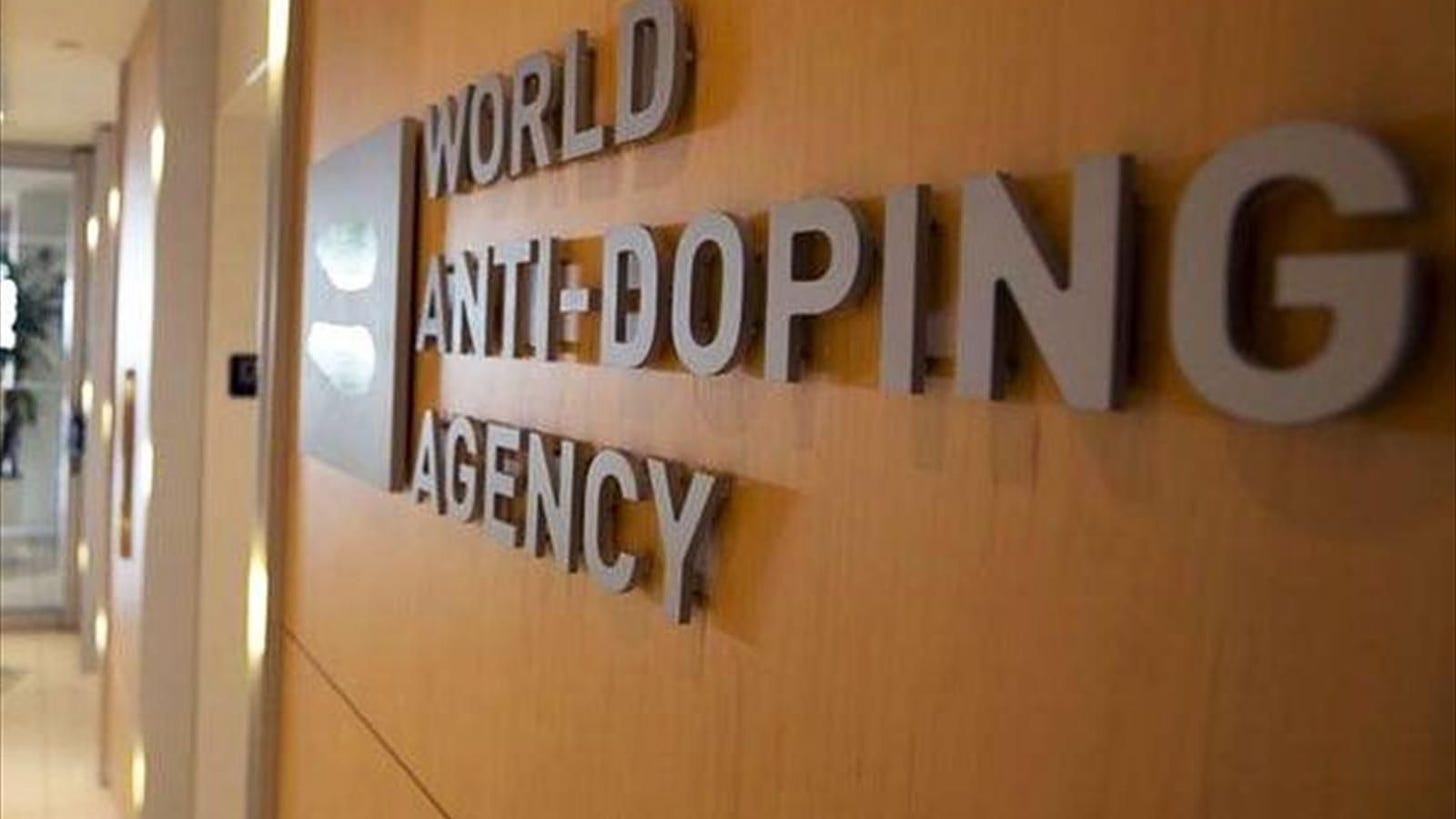
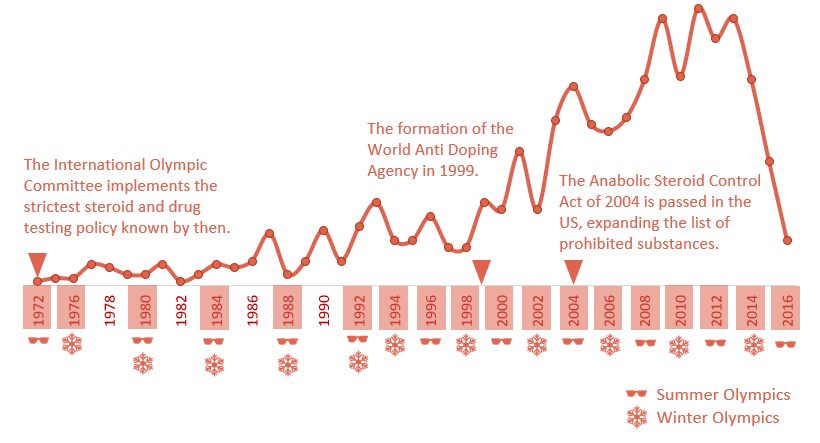
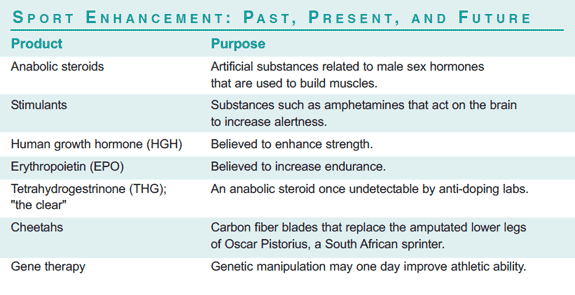
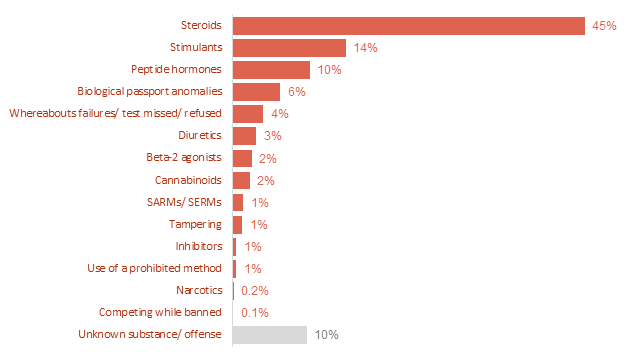

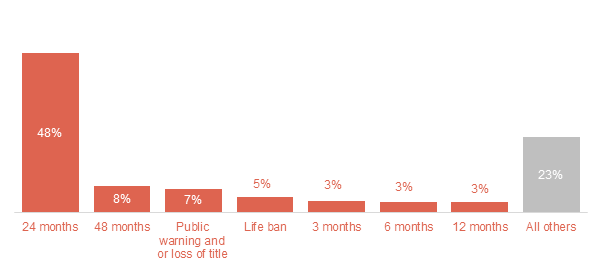




Leave A Comment
You must be logged in to post a comment.